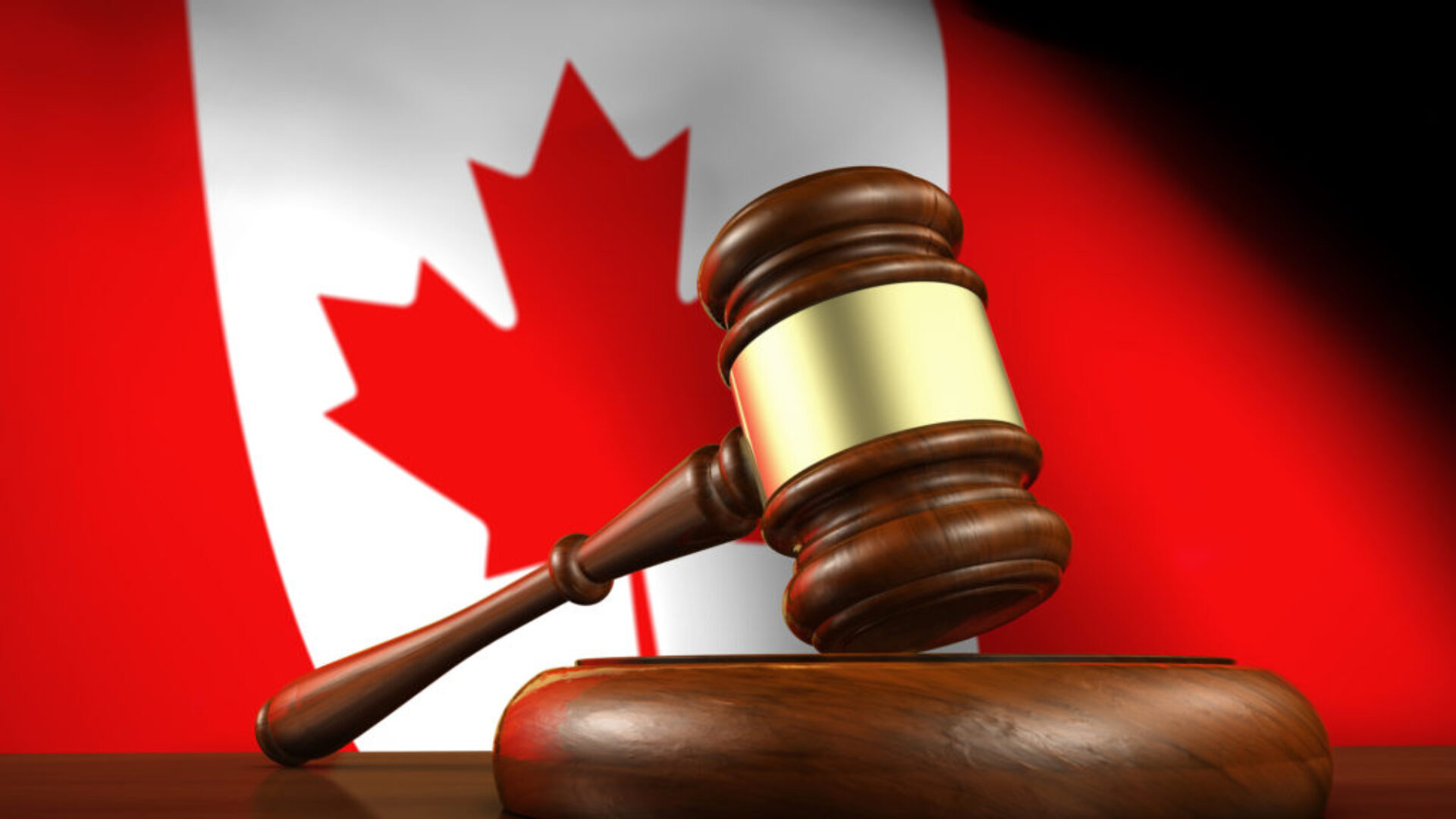Refugee Application Inside Canada

Refugee Application Inside Canada
Canada is a place where people from all parts of the world seek safety and protection when they fear persecution or are at risk if forced to leave. These risks can include the threat of torture, potential loss of life, or the possibility of facing cruel and unusual treatment or punishment. If you believe that returning to your home country or the country where you usually reside would expose you to any of these risks, you may be eligible to submit a Refugee Application inside Canada.
To submit a Refugee Application in Canada, you must be physically present in Canada. Additionally, you must not be subjected to a removal order, which means that you have not been issued an order to leave Canada by immigration authorities.
Types of Refugees in Canada
In Canada, individuals can be granted refugee protection if they satisfy the criteria to be recognized as a Convention refugee or if they meet the qualifications as a person in need of protection.
Convention refugees are individuals who are outside their home country or the country where they usually reside. They cannot return to their home country due to a valid and substantiated fear of persecution based on factors such as race, religion, political opinion, nationality, or membership in a specific social group.
A person in need of protection refers to someone in Canada who cannot safely return to their home country and ought to submit a Refugee Application in Canada. If they were to return, they would face the risk of torture, danger to their life, or cruel and unusual treatment or punishment.
Administrative Tribunal for Refugee Application in Canada
The Refugee Protection Division (RPD) of the Immigration and Refugee Board of Canada (IRB) has the authority to determine your eligibility for refugee protection. To initiate this process, you must first submit a Refugee Application inside Canada, and if deemed eligible, your case will be referred to the RPD for a decision.
Still, there are eight situations when your Refugee Application inside Canada may not be eligible for referral to the IRB.
- You have already been recognized as a Convention refugee by another country where you can return.
- You have been granted protected person status in Canada.
- You have made a refugee claim in another country, and this information has been confirmed through information-sharing mechanisms.
- You are inadmissible to Canada due to security concerns, criminal activity, or human rights violations.
- You have previously submitted a Refugee Application inside Canada that was found ineligible.
- You have submitted a Refugee Application inside Canada that was rejected by the IRB.
- You have abandoned or voluntarily withdrawn a previous Refugee Application inside Canada.
- You entered Canada through the Canada-United States border.

Step-by-Step Guide to Online Refugee Application inside Canada
There are two primary methods to submit a Refugee Application inside Canada: when you arrive in Canada at a port of entry and when you are already in the country. If you are already in Canada, you have the option to submit a Refugee Application inside Canada online.
The first step is to create an online account on Canadian Refugee Protection Portal. You also need a scanner or camera to create electronic copies of your documents.
The second step is to complete the refugee claim. You must answer questions in the online Refugee Application inside Canada and fill out the Basis of Claim Form. When completing the Basis of Claim Form, you must present your refugee claim by providing detailed information about your identity and the reasons why you are seeking protection in Canada.
The third step is to prepare and upload documents that support your Refugee Application inside Canada. You must upload a recent photocopy of at least one passport or travel document and a complete Basis of Claim form. You can also upload other documents in support of your Refugee Application inside Canada, such as proof of membership in political organizations, police or medical reports, proof of ill-treatment, desecration, or looting you witnessed or took part in, a copy of any criminal convictions, and any other document that could support your claim for refugee protection.
The last step is to submit your Refugee Application inside Canada. You need to review the consent and declaration carefully before electronically signing your name in the provided text box.
Step-by-Step Guide to In-Person Refugee Application inside Canada
It is also worth discussing how to make a refugee claim at a port of entry. This process involves an eligibility interview conducted by an officer from the Canada Border Services Agency (CBSA). During this interview, you will be provided with the necessary Refugee Application inside Canada to complete, and you will also be required to provide fingerprints and a photo.
Typically, you will complete the Refugee Application inside Canada in person at the time of your arrival. However, there may be instances where the officer instructs you to return to the port of entry or an inland office for a future interview. In such cases, the officer will provide you with an information pamphlet, an acknowledgement of the claim letter, which helps you access the Interim Federal Health Program and other services in Canada, and instructions regarding your medical examination. You will be given a Basis of Claim Form that you must submit to the RPD within 15 days of the referral date.
In some situations, the officer may advise you to submit your Refugee Application inside Canada online. If instructed to do so, you will need the application number from your acknowledgement of the claim letter and the designated interview location provided by the officer.
Processing Time and Fees of Refugee Application inside Canada
There is no government fee associated with making a refugee claim, and the processing times for such claims can vary among different visa offices. As a rule, the processing of Refugee Application inside Canada can take up to 24 months.
Once the officer determines that your Refugee Application inside Canada is eligible, it will be referred to the RPD for a decision. Then, you will receive a Refugee Protection Claimant Document. This document serves as proof of your status as a claimant. It enables you to access essential services in Canada, including the Interim Federal Health Program and other necessary support. You will also get the Confirmation of Referral Letter, which confirms that your claim has been referred to the IRB for further processing. Additionally, you will receive the Claimant’s Guide, which provides important instructions and guidance for the subsequent steps in the process.
The Hearing of Online Refugee Application inside Canada
You will receive a Notice to Appear, which includes precise information about the date, time, and place of your hearing. You must prepare for your hearing by gathering and submitting all relevant evidence to help support your Refugee Application in Canada.
Typically, hearings last for half a day, either in the morning or afternoon. They are conducted privately and confidentially. An RPD member, who focuses on refugee protection cases, will determine the outcome of your hearing. Depending on the circumstances, hearings can be held either in person or via video conference if the member is situated in a different location.
During the hearing, you will be required to provide testimony and respond to inquiries from both the member and counsel. If you have any witnesses, they will also testify. Following the testimony of all relevant parties, the member will request you or your counsel to explain why you believe you meet the criteria of a Convention refugee or a Person in need of protection.
Following the hearing, the RPD member has two options for delivering the decision. They may either provide the decision verbally after the hearing or may opt to send it to you by mail. In either case, you will receive a written Notice of Decision, which outlines the verdict and provides an explanation of the approval or rejection of your claim.
If the IRB accepts the Refugee Application in Canada, you get protected person status and can apply for permanent residency. If your Refugee Application in Canada is rejected, the notice will specify whether you have the option to appeal to the Refugee Appeal Division (RAD) or file an application with the Federal Court.
In case, if you need help with Refugee Application in Canada, please fill in application below and our immigration law professional will contact you.

